Apple iPhone Xs Max review: The best iPhone ever
Apple’s biggest phone yet is an absolute corker, but it’s best if you ignore the price
The new iPhone is, without question, the best phone Apple has ever produced. It’s got an astonishing camera, an improved battery and a gorgeous screen - but whether you think it’s worth the extortionate price is up to you.
-
+
Spectacular camera; Fastest phone ever; Improved durability
-
-
Incredibly expensive
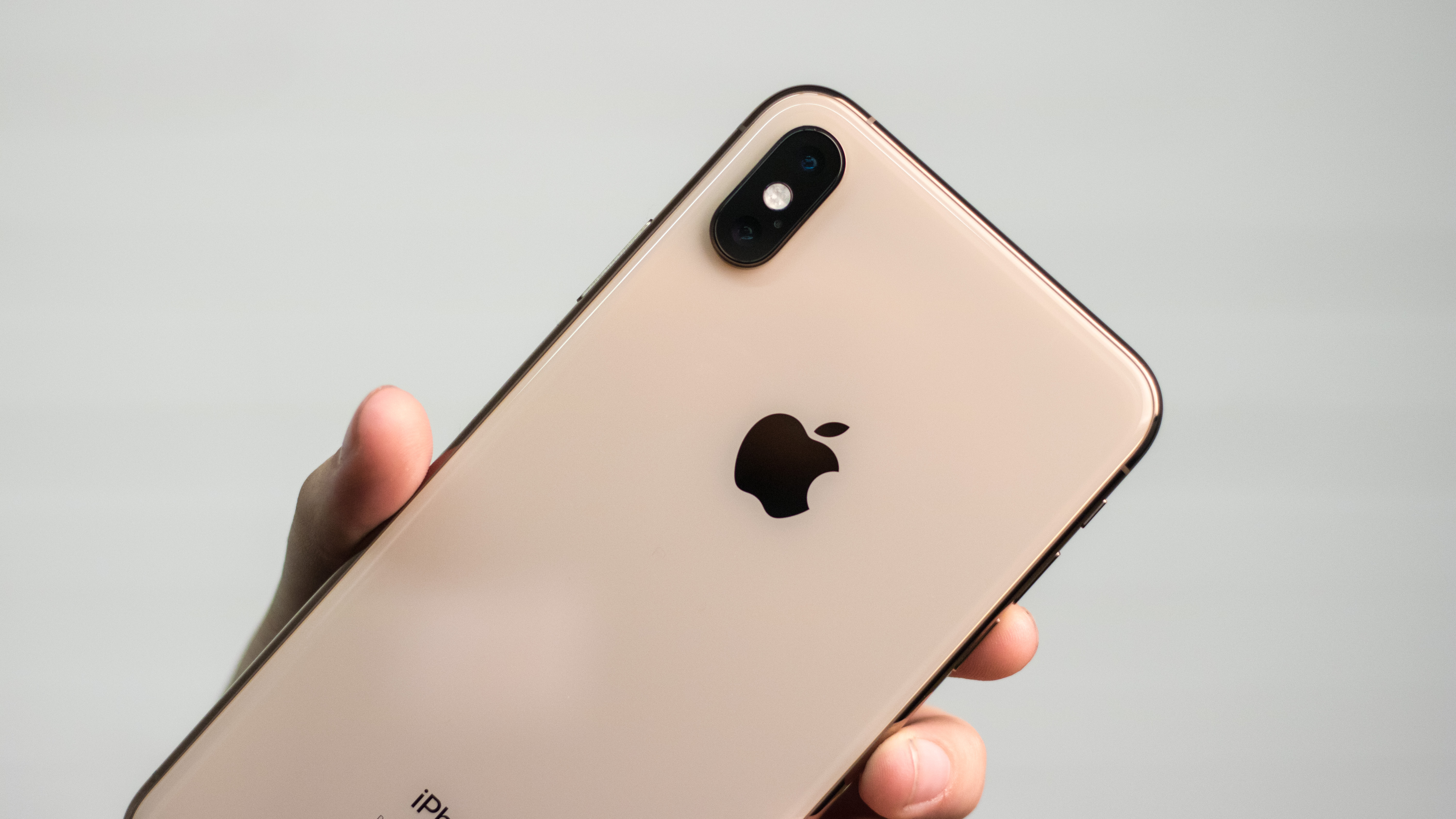
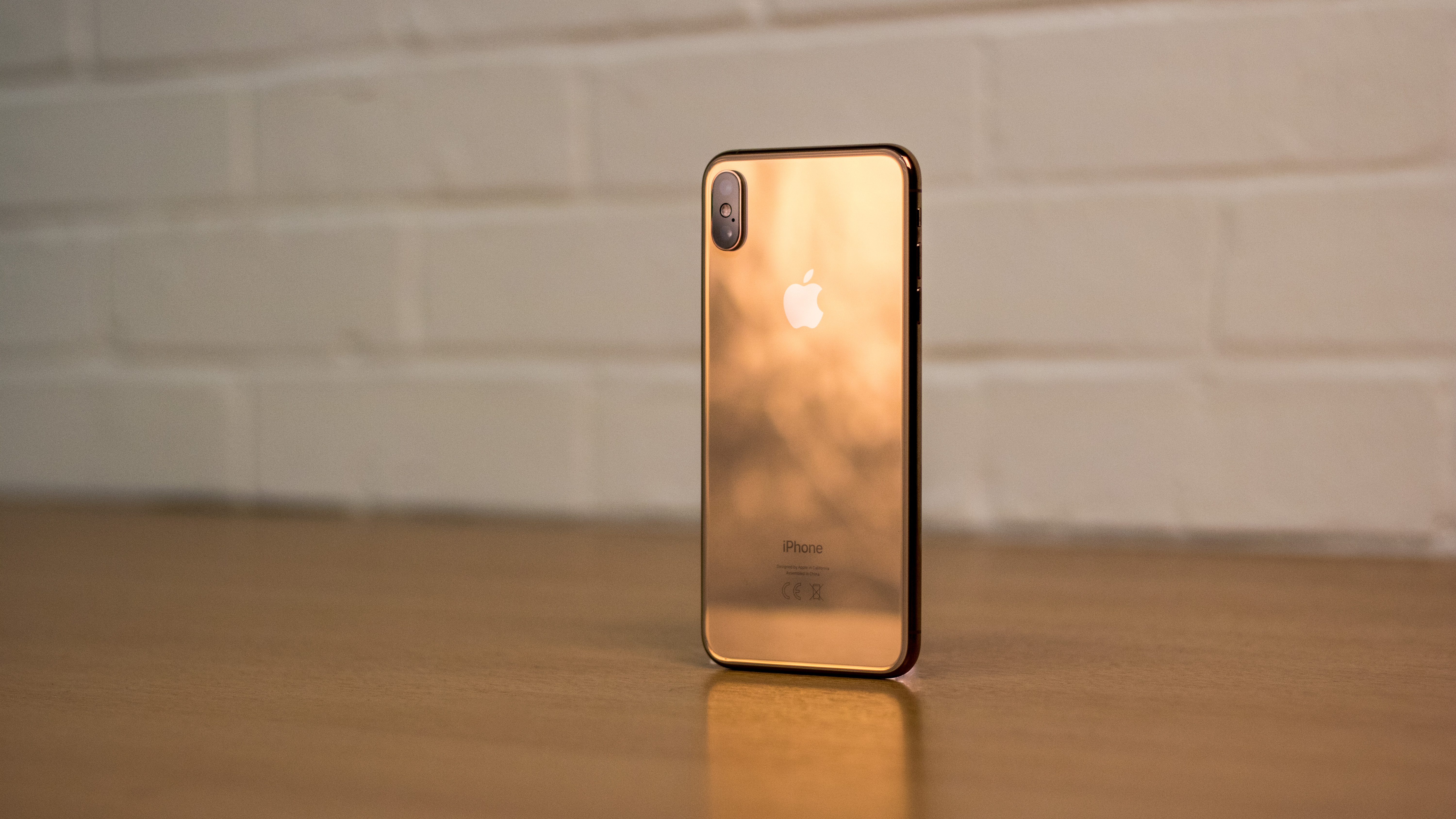
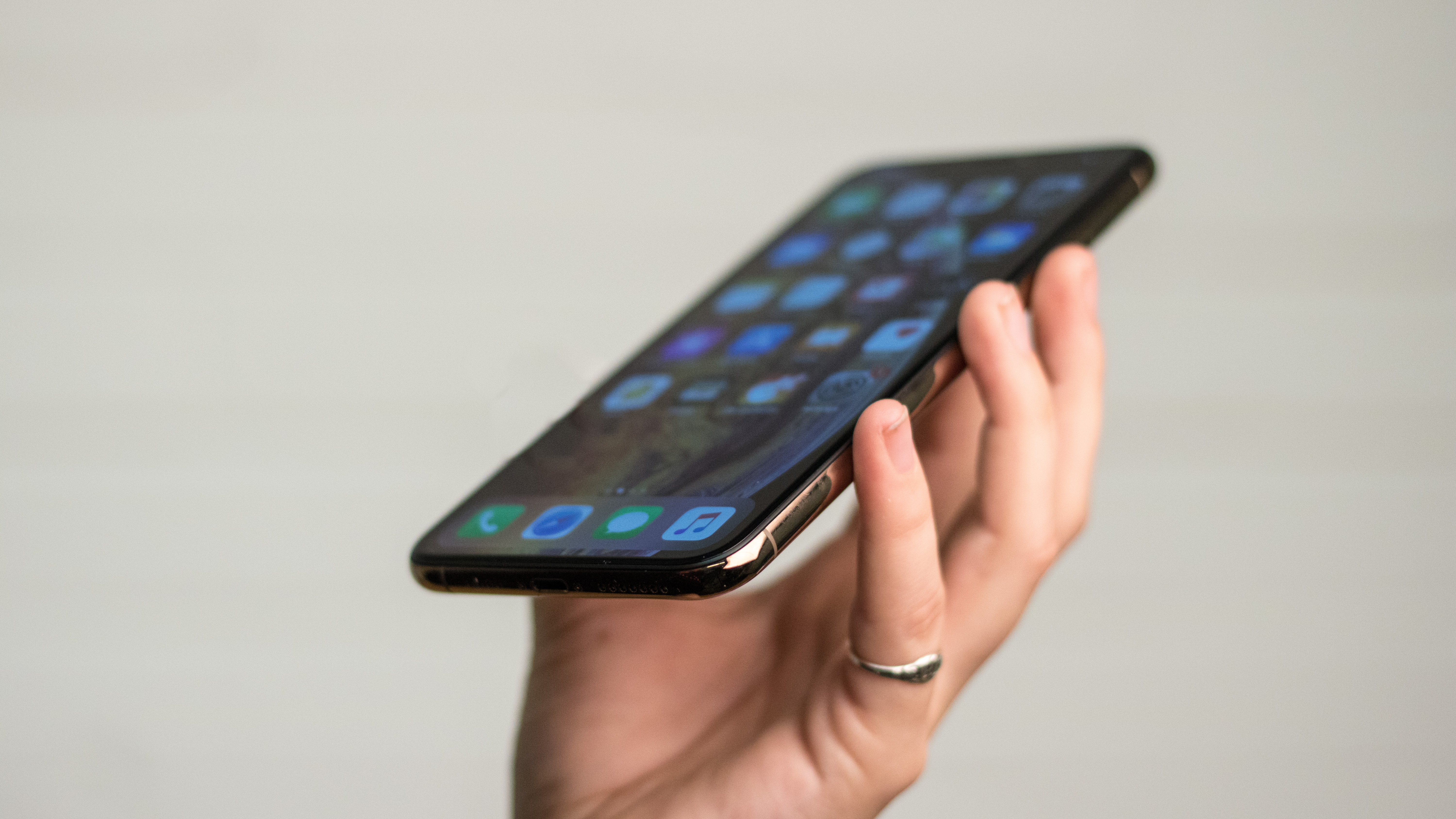
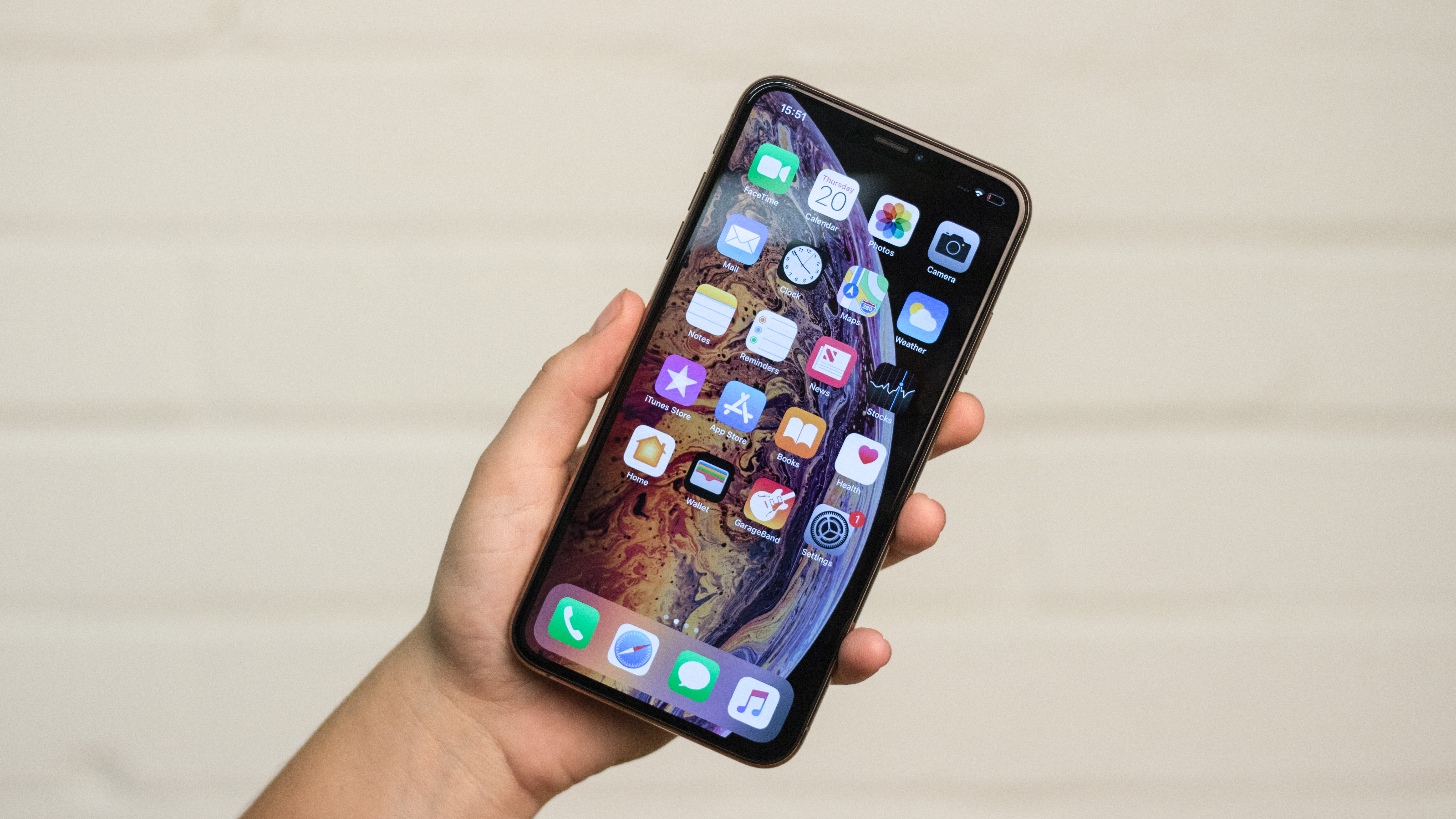
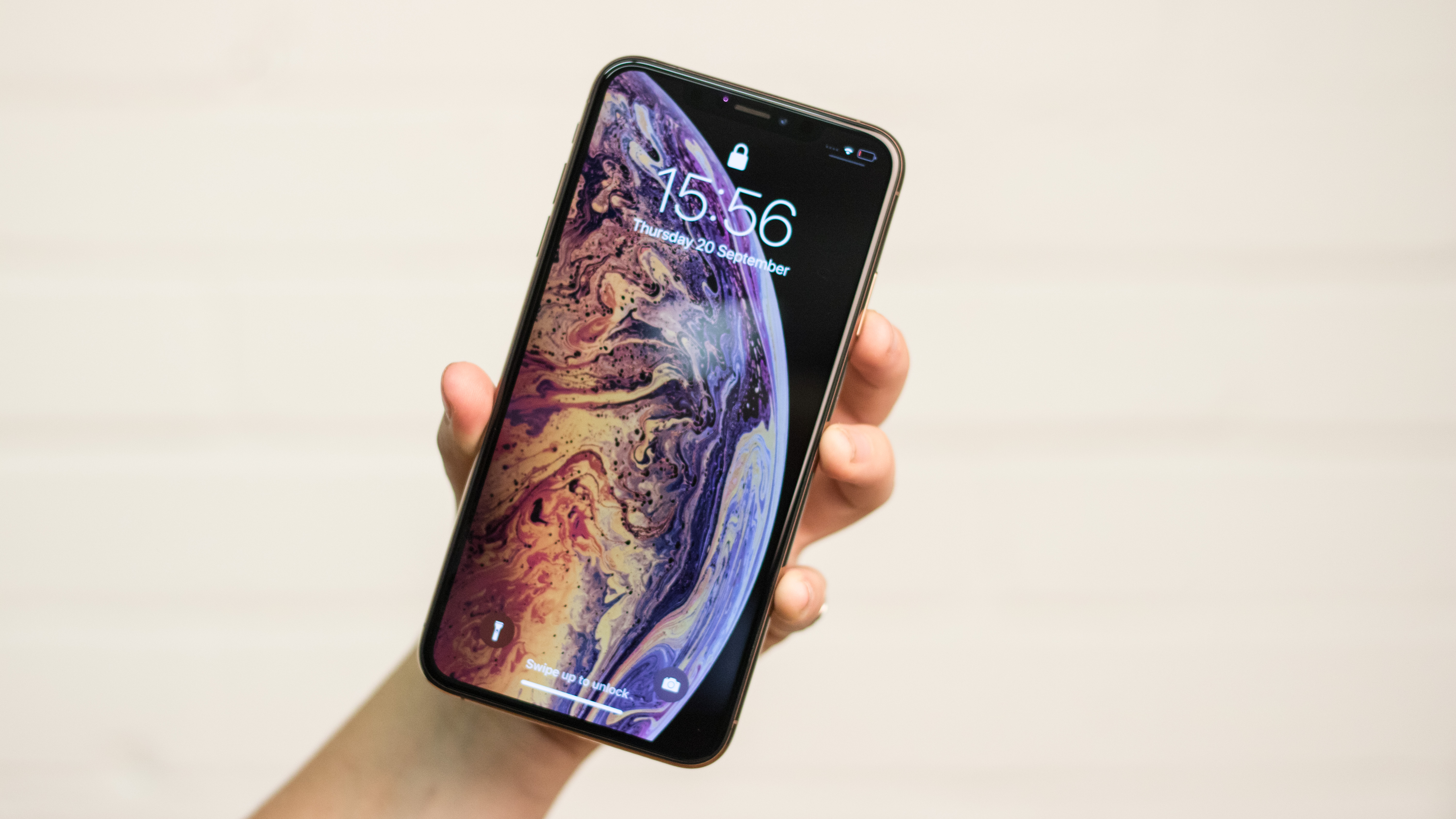
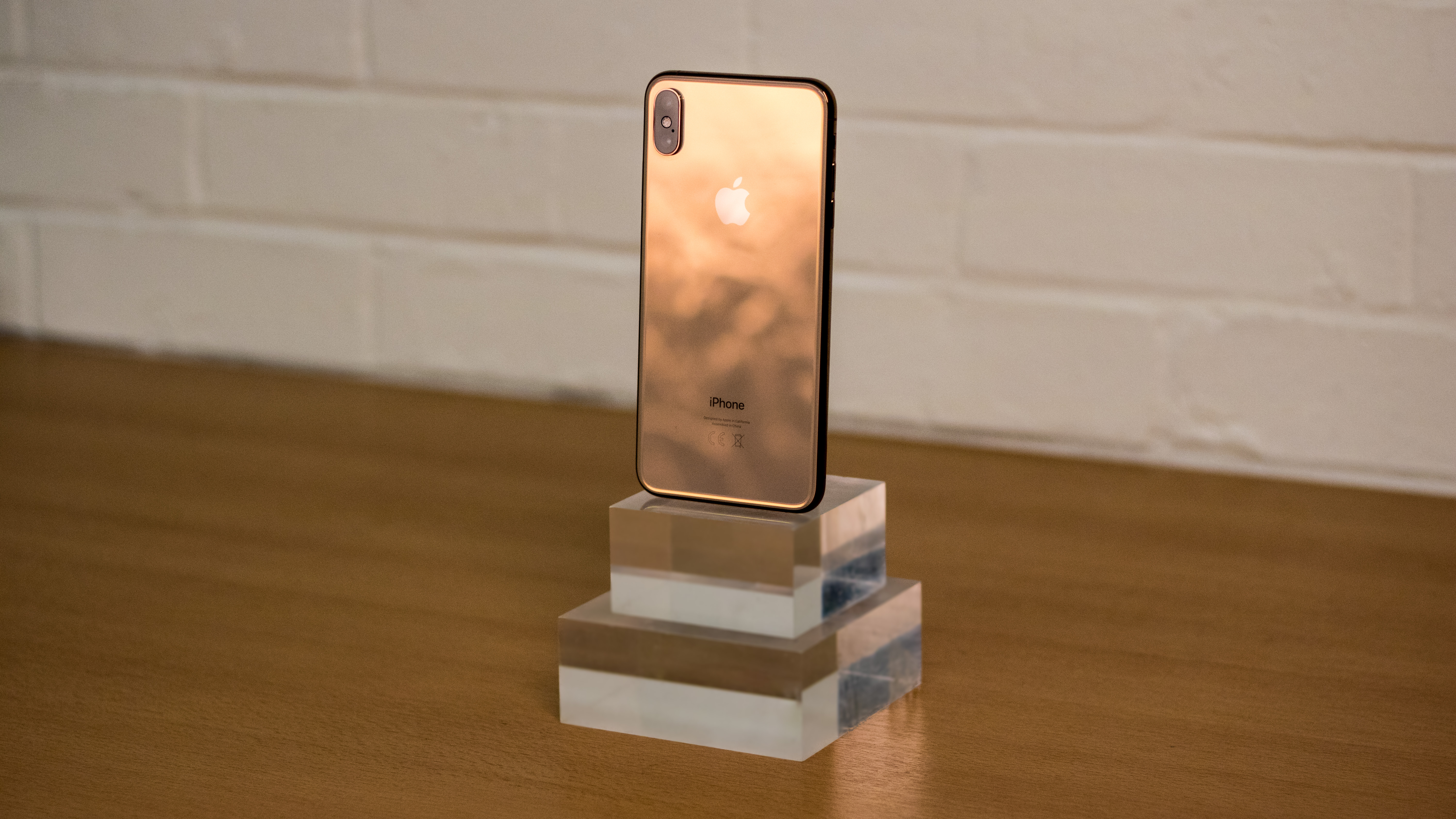
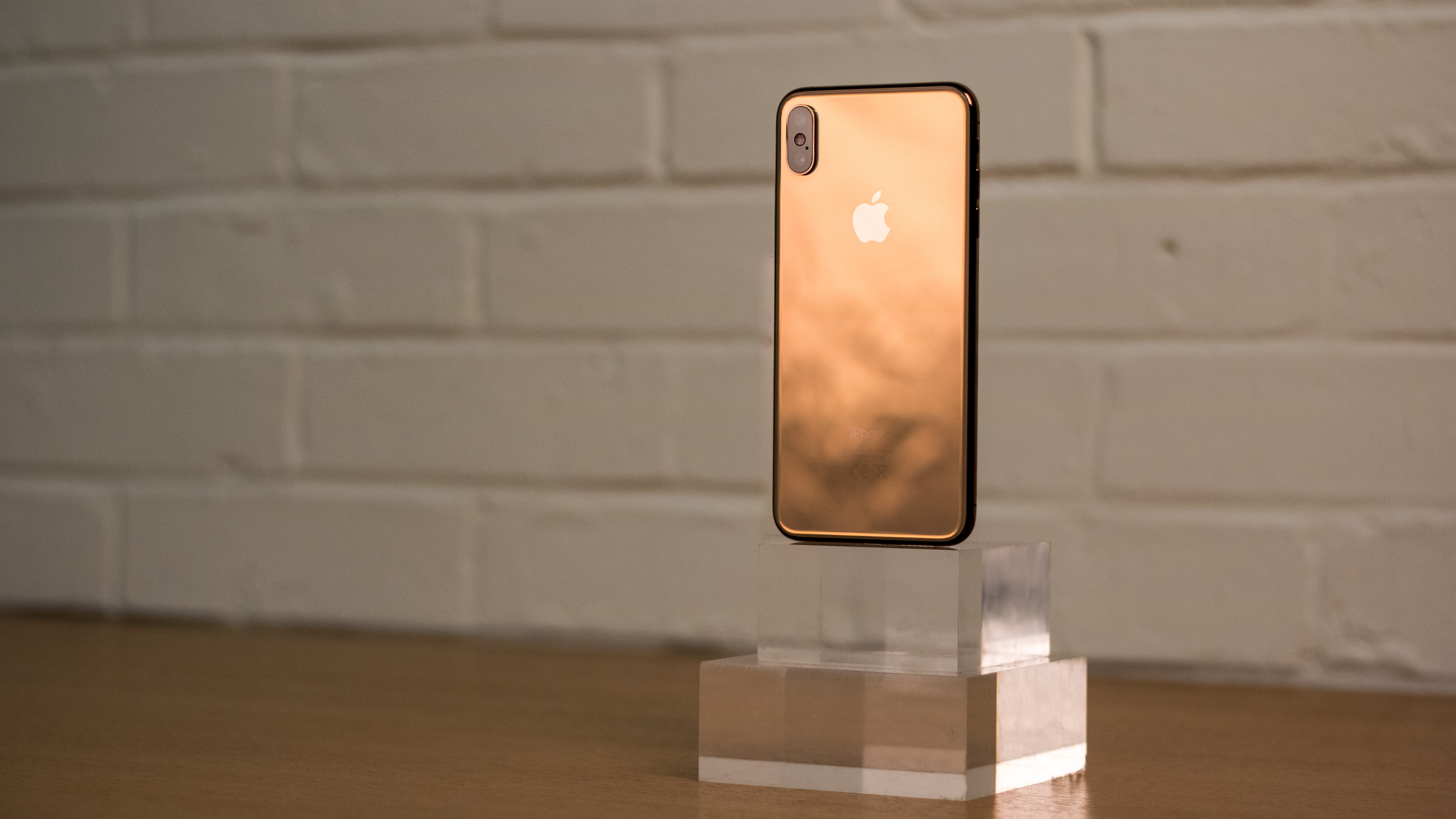
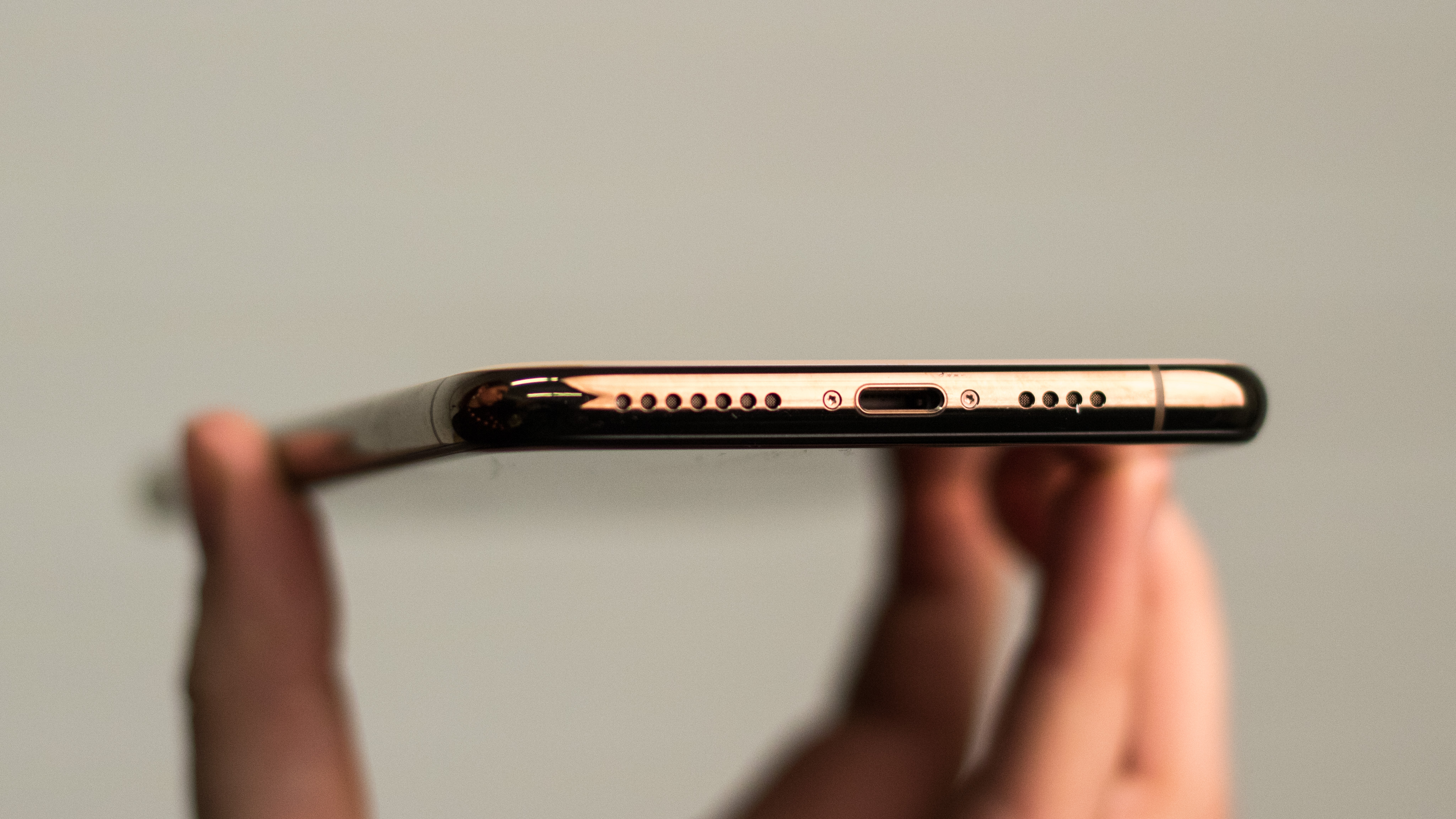
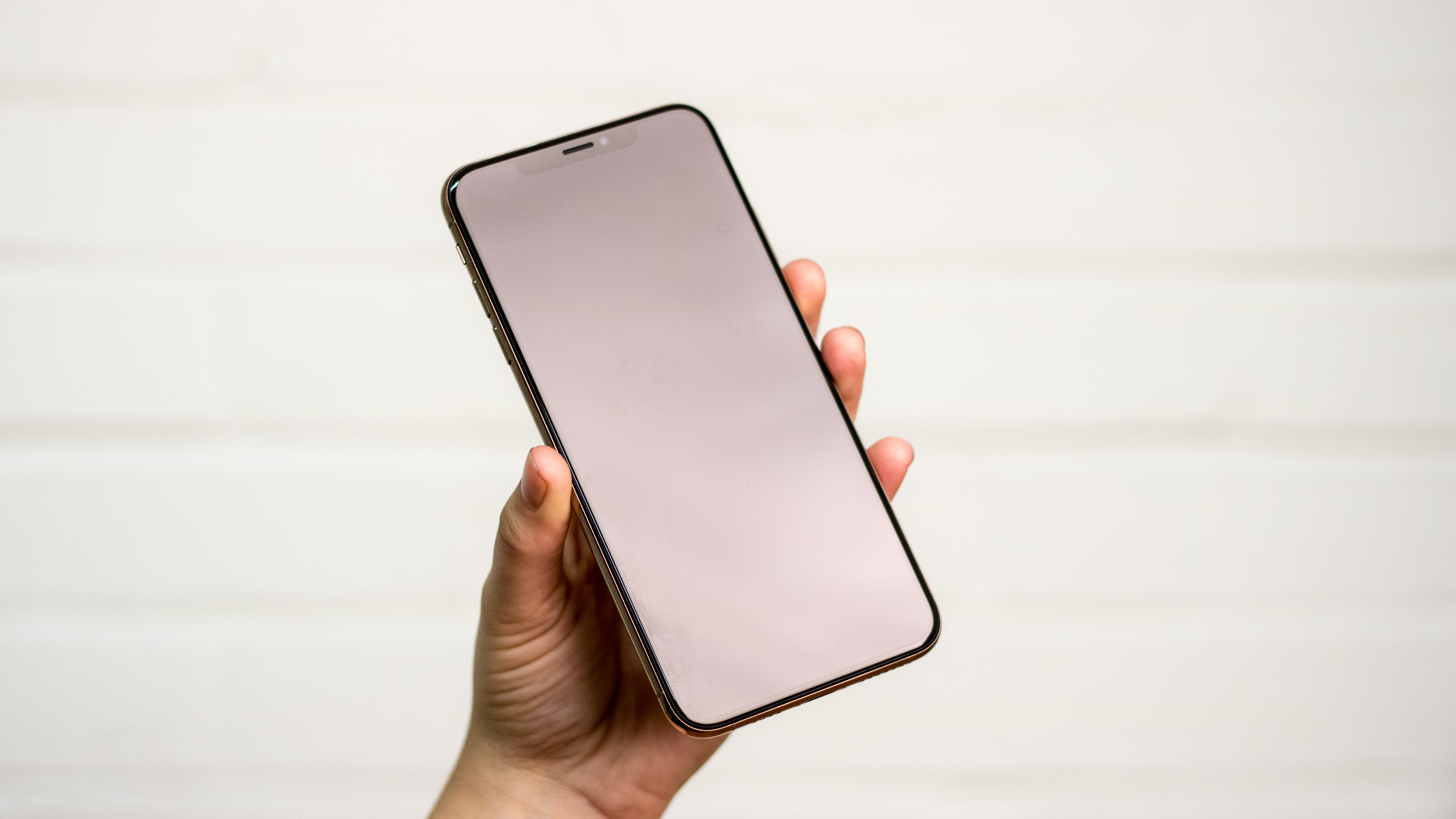
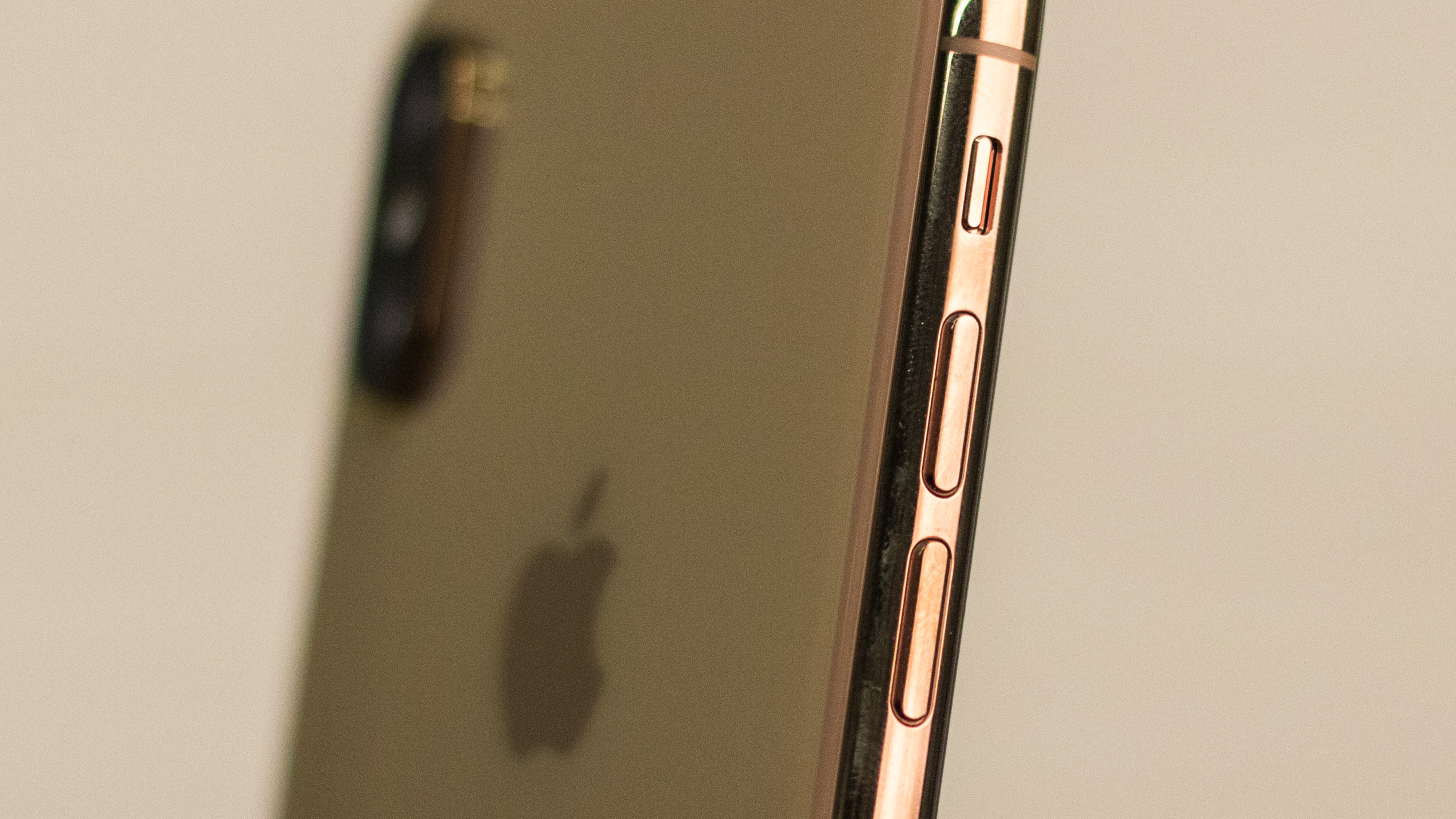
Forget its new features, its camera and its performance. Forget that this is the best phone Apple has ever produced. First, let's cover the topic everyone wants to talk about: the price. Buy the iPhone Xs or Xs Max and you'll be loved by the Apple accountants and directly contributing to its stupendous profit, because by every objective measure it's overpriced.
Even by modern standards, the cheapest version of the iPhone Xs Max is uncomfortably expensive: 1,099 for the model that comes with 64GB of storage and that price rises to 1,249 and 1,449 for the 256GB and 512GB models.
The easiest way to think about the Apple iPhone Xs Max is to conjure a picture of the iPhone X in your mind - and then add a centimetre or so. If you're upgrading from an iPhone 8 Plus, it's roughly the same size but with a bigger, front-filling screen.
To be precise, the iPhone Xs (pronounced "ten-s") Max has a 6.5in display when measured from corner to corner. It measures 77 x 7.7 x 158mm, weighs 208g, runs iOS 12 and features improvements to the construction of the phone, the cameras, the waterproofing and performance. It's the biggest and fastest iPhone yet.
Too big? Then you can choose the 5.8in iPhone Xs for 999, or wait for the 749 iPhone XR (due on sale in late October) with its more basic screen and camera.
Apple iPhone Xs Max: Design
Don't expect much difference in design compared to the iPhone X. The iPhone Xs Max comes in a new, slightly refined gold colour that's best described as foundation-beige, and it has a stainless-steel, gold-coloured chrome band running around the outside. We quite like the new colour; it's pretty and stylish but in an understated way. More Chanel than Jean-Paul Gaultier.

The volume buttons and do-not-disturb switch are still located on the left edge of the phone and the power button on the right. And there's still no 3.5mm headphone jack - Apple says the space saved by removing it is far too valuable to go back - and it's flanked with a couple of rows of perforations hiding one of the phone's two stereo speakers. The other speaker sits behind the phone's earpiece.
Sign up today and you will receive a free copy of our Future Focus 2025 report - the leading guidance on AI, cybersecurity and other IT challenges as per 700+ senior executives
At the rear, the phone's slightly protruding dual-camera module perches in the top-left corner, with the quad-LED True Tone flash flanked by the twin lenses of the 12-megapixel camera. On the front, the screen fills most of the front panel, with a broad notch eating into the top of the screen. It's a shame Apple couldn't find a way around this rather inelegant solution, but it seems we're stuck with it for now.
A handful of the design changes won't be immediately obvious, even on careful inspection. For instance, Apple says the chemical composition of the glass is improved and is currently the "most durable glass in the industry". Apple doesn't say - beyond the fact that it works with Corning to produce it - what type of glass this is, but anything that makes a phone more scratch- and breakage-resistant is good news.
Apple is more specific about the phone's dust- and water-resistance rating, which improves from IP67 to IP68 this year. The phone should now survive immersion to a maximum depth of 2m in fresh water for up to 30 minutes, which is 1m deeper than last year. More than this, Apple is now comfortable enough with the waterproofing to state that it will also shrug off a dousing in coffee, tea or "soda".
You're also getting better speakers than on the iPhone X, with noticeably more volume and a wider soundstage; nice for the odd occasion when you've forgotten your headphones or don't have access to a Bluetooth speaker. For the first time in an iPhone, there's also dual-SIM capability thanks to the fact that you can add an eSIM to the phone's regular, physical nano-SIM card. And, for the first time, the phone has four microphones for positional stereo audio recording.
Apple iPhone Xs Max: Display
There are plenty of new features to get your teeth stuck into, then, but the screen is not one of them - aside from its bigger size of course. We can see why. After all, this is only the second year Apple has used OLED technology in its smartphones and it's tough to improve when the quality of its first effort was so good.

So, to the numbers: the iPhone Xs Max's 6.5in screen has a resolution of 1,242 x 2,688 and a pixel density of 458ppi. It peaks at 628cd/m2, far brighter than the iPhone X, which could reach only 502cd/m2. That's about the only significant improvement, though.
There's still support for HDR10 and Dolby Vision, so movies and TV shows supporting those standards look spectacular. Colour reproduction is excellent, with superb colour accuracy and sRGB colour coverage at 92.6%. Plus you still get Apple's wonderful True Tone screen tech, which monitors the colour temperature of the ambient light and adjusts the screen's white point to match, thus making it less of a chore for your eyes to readjust when you pull them away from the screen for a moment or two.
Apple iPhone Xs Max: Specs and performance
So far it's been a case of "nothing to see here" with the iPhone Xs Max (if you ignore the extra size and price). When it comes to performance, however, that's absolutely not the case. That's because the A12 Bionic processor powering the phone is the first smartphone chip to go on sale that's built with a 7nm manufacturing process.
This means Apple has squeezed more transistors into the same space as its previous chip. That typically leads to faster speeds and more efficient running. The latter is the most interesting thing here, and contributes to significantly better battery life on the Xs Max than the X.
Having said that, there's nothing outlandish about the stamina of the iPhone Xs Max. In our video-rundown tests, conducted with the screen set to 170cd/m2, it beat the iPhone 8 Plus, but not by much, and lasted about the same length of time as the Huawei P20 Pro.
Speed-wise, there are no surprises. The Apple iPhone Xs Max is a beast of a phone, faster than any other smartphone you can buy. The quad-core GPU, octa-core "neural engine" and 7nm, six-core A12 chip all work together to deliver a phone that feels instantaneously responsive and that beats all comers in the benchmarks, too.

The one disappointment, perhaps, is that game playback is limited to 60fps due to the 60Hz refresh rate of the display. Despite much excitement at the mention of "120Hz" during the Apple press event, it turns out it was referring to the performance of the touchscreen rather than the refresh rate of the pixels on the screen. The Razer Phone remains the only smartphone with a 120Hz display.
Apple iPhone Xs Max: Camera
It's a similarly impressive story with the cameras. The sensor for the main camera at the rear now has larger pixels (up from 1.22um to 1.4um here), which enhances its abilities in low and poor light - and video - with the software having to work less hard to produce cleaner, sharper images.
The rest of the camera hardware looks the same as last year. The resolution of both rear cameras is 12-megapixels, the apertures are f/1.8 on the main camera and f/2.4 on the 2x telephoto camera and the equivalent focal lengths remain at 28mm and 52mm. There's still optical image stabilisation and phase-detect autofocus on both rear cameras and, at the front, the True Depth camera remains a 7-megapixel, f/2.2 unit with an equivalent focal length of 32mm.
Most of the headline improvements come courtesy of software and the A12 Bionic's beefed-up image signal processor (ISP), with Apple giving its computational photography engine a boost. The main improvement here is "Smart HDR". This doubles the number of frames captured from four to eight (four underexposed, four overexposed) when you hit the shutter button, knitting them together to produce a photo with better balance between areas of shadow and light.
There's also greater dynamic range in video capture, video stabilisation has been added to the front camera for the first time and, in Portrait Mode, it's now possible to adjust the intensity of the bokeh effect. Once you've captured your portrait photo, just hit Edit and you'll be presented with a dial you can drag to increase or decrease the blur.
How does this translate to quality in the real world? For stills, there is an improvement over the iPhone X, not only in low light, but across the board. Images look sharper, have less noise and more contrast, and the camera captures more subtle details than the X can. We're also pleased to see the iPhone Xs Max's photographs look more neutral, too, more natural than the photographs from the iPhone X.

It can't compete with the sheer detail the Huawei P20 Pro's 40-megapixel sensor, nor can it beat that phone's 3x and 5x zoom for capturing close-up detail, but its portrait mode is superior.
And it romps away for video quality. It's capable of capturing stabilised 4K footage at 60fps with greater dynamic range, smoothness and noticeably better detail than the iPhone X, but we were particularly impressed with how smoothly the Xs Max's camera adapts from bright to dark scenes.
As ever, Apple's stabilisation is incredible, too, and in combination with the improved quality, the results are simply stunning. It's no overstatement to say this is the best video camera on a smartphone and a long way in front of the rest. In fact, taken in combination with excellent but not-quite-class-leading stills quality, the iPhone Xs Max's camera is, on balance, the best all-round camera in the market.
Apple iPhone Xs Max: Verdict
This is the fastest and biggest iPhone ever. The cameras are excellent, particularly for video, and the battery life is great. Again, it's not best in class, but it's the best battery life in an iPhone for a long, long while.
Indeed, of the iPhone XR, iPhone Xs and iPhone Xs Max, this is the model I'd choose. That's mainly because of the size of the screen. We're now used to using a phone with a 6in+ screen and don't want to go back. It's also a brilliant device to watch Netflix on, with support for HDR10 and exceptionally high peak brightness.
Is it worth the money? That's 100% down to you. There are plenty of other smartphones that are better in some respects than the iPhone Xs Max and cheaper. Just look at the Galaxy Note 9. There are smartphones that have better cameras, longer battery life, more interesting design and more innovative features.
But buying a smartphone is about more than just facts and figures. The iPhone Xs Max may be the most expensive mainstream phone money can buy, and we don't think it justifies its price. However, it's the best phone Apple has ever made and a device you'll still love to look at months after you've paid the initial bill.
Verdict
The new iPhone is, without question, the best phone Apple has ever produced. It’s got an astonishing camera, an improved battery and a gorgeous screen - but whether you think it’s worth the extortionate price is up to you.
Six-core Apple A12 Bionic processor
4GB RAM
Mali-G72 MP18 graphics
6.5in AMOLED screen, 1,242 x 2,688 resolution
64GB storage
IP68 rating
12MP/12MP rear camera
7MP front camera
802.11ac Wi-Fi
Bluetooth 5
NFC
Lightning connector
3,174mAh battery
iOS 12
77.4 x 7.7 x 157.5mm (WDH)
208g
1yr warranty
-
 Trump's AI executive order could leave US in a 'regulatory vacuum'
Trump's AI executive order could leave US in a 'regulatory vacuum'News Citing a "patchwork of 50 different regulatory regimes" and "ideological bias", President Trump wants rules to be set at a federal level
By Emma Woollacott Published
-
 Microsoft Excel is still alive and kicking at 40 – and it's surging in popularity as 82% of finance professionals report ‘emotional attachment’ to the spreadsheet software
Microsoft Excel is still alive and kicking at 40 – and it's surging in popularity as 82% of finance professionals report ‘emotional attachment’ to the spreadsheet softwareNews A recent survey found Gen Z and Millennial finance professionals have a strong “emotional attachment” to Microsoft Excel
By Emma Woollacott Published
-
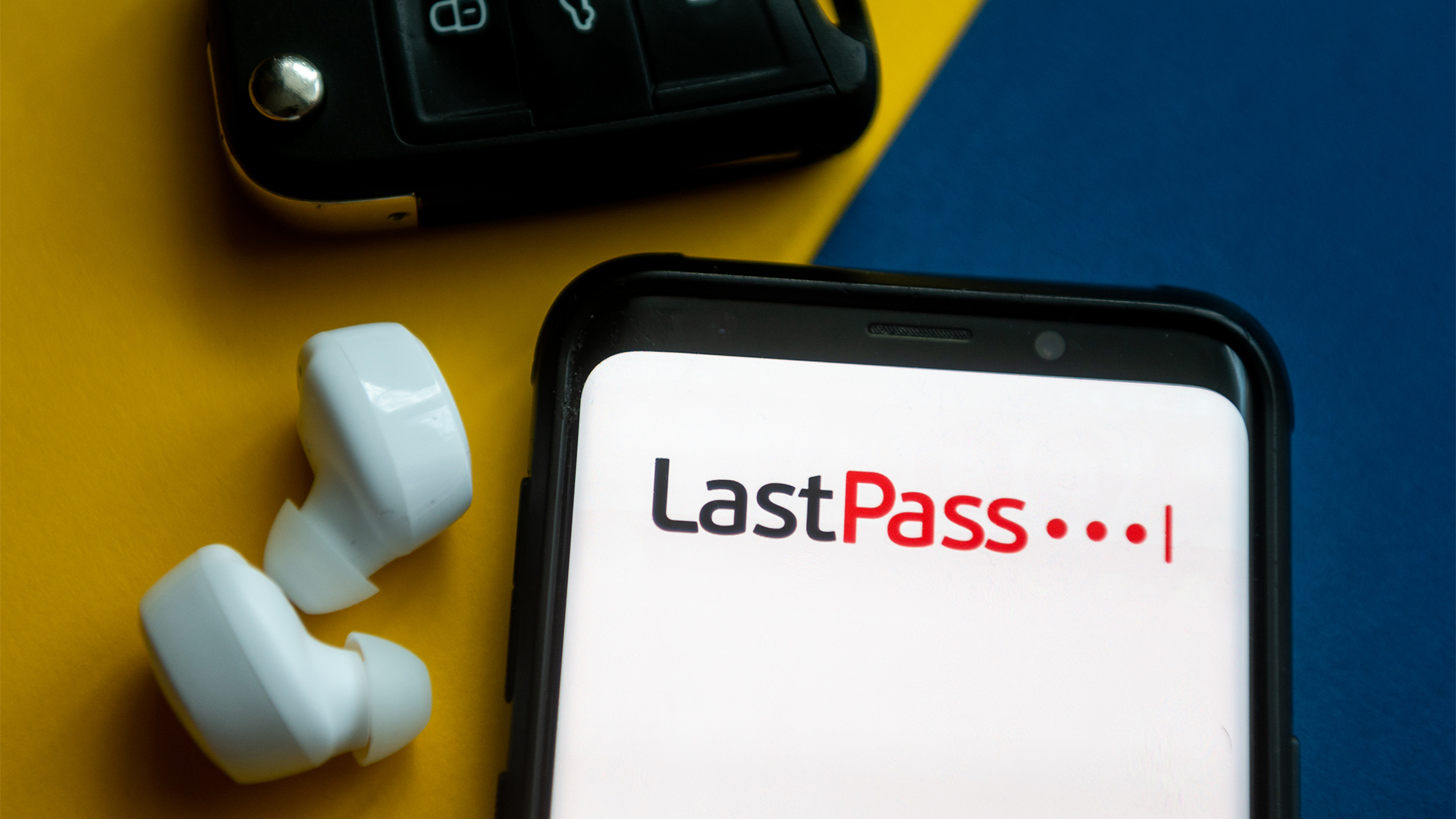 LastPass hit with ICO fine after 2022 data breach exposed 1.6 million users – here’s how the incident unfolded
LastPass hit with ICO fine after 2022 data breach exposed 1.6 million users – here’s how the incident unfoldedNews The impact of the LastPass breach was felt by customers as late as December 2024
By Emma Woollacott Published